Introduction
It's an undeniable fact that we, in the modern world, are fascinated by Roman society. What with the movies, the television series, the novels and of course the games you'd be forgiven for waking up and expecting to see everybody outside wearing Togas.This craziness was almost certainly sparked by the Life of Brian question – 'What have the Romans ever done for us?' Caesar IV may actually provide a definitive answer.
In recent months a new genre has emerged in PC gaming – Roman city-builders. These SimCity-esque games have been popping up all over the place: Glory of the Roman Empire and CivCity Rome both receiving luke-warm receptions recently from critics world wide.
Nothing has recaptured the character, the charm or the playability of Caesar III, released 8 years ago. The question is, will the new kid on the block have what it takes to live up to its fine heritage?
Caesar IV
Caesar IV is very similar in many ways to SimCity. You start out with nothing, just a flat piece of land that contains resources such as a farmable fields, mines and trees. Your task is to build up a thriving city that is able to make money, trade with other Roman cities and defend itself. To accomplish this task you will need to use a wide range of buildings that all work together to create a functioning economy. This is critical because, as with the real world, nothing can exist without money.What really distinguishes Caesar IV from other city builders is the level of detail that has gone into the development. The vast array of different types of buildings all require other buildings to function properly. It's like an ever growing web of buildings, all interconnected, reliant on one another and most importantly, reliant on a work force to perform the jobs.
So we arrive at the first major difference between Caesar IV and Caesar III. In Caesar IV your population is split into three different, distinct classes. There are Plebs (lower class), Equites (Middle Class) and Patricians (Nobility). All of these classes live in their own type of accommodation, they all do different jobs and they all require different degrees of resources to maintain happiness.
The game, essentially, is a constant balancing act. You need lots of plebs as they do all the manual labour – farming, mining and producing goods in factories. The production of resources will then entice the equites in; these guys are required to supply actors, educators, priests and most importantly, clinics and hosptials. If the equites are doing their job properly then you'll be able to invite in lots of rich patricians; these guys perform no actual job but can be taxed heavily to provide extra cash. That extra cash can go into building more pleb homes and farms and the like and so the circle of life is complete. Elton John would be happy.
This whole pyramid is both the games strongest and weakest point. For some, including myself, the idea of micro managing and keeping things all operating profitably is brilliant. For others who are less patient and methodical, Caesar IV will be a drag, a tedious slog that will always appear to be going wrong. The trick is to view the problems in the city not as an aggravation but as an opportunity, and opportunity to make things go right. Unlike other city building games, the ability to micro manage makes you feel responsiblility for your cities development. The way buildings actually work themselves is important factor here, allow me to explain in more detail…

MSI MPG Velox 100R Chassis Review
October 14 2021 | 15:04


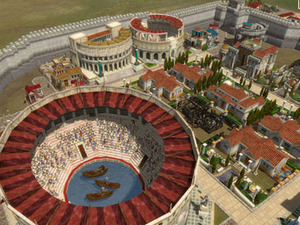
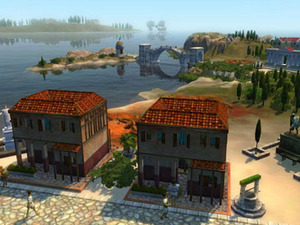
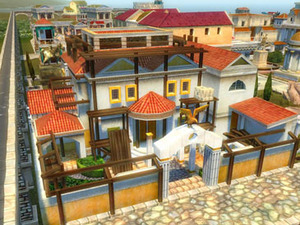
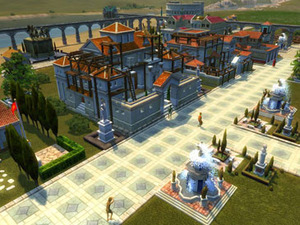
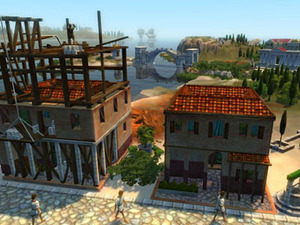
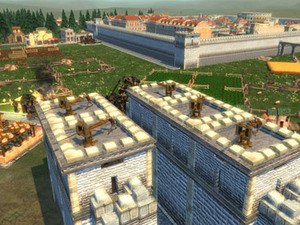





Want to comment? Please log in.